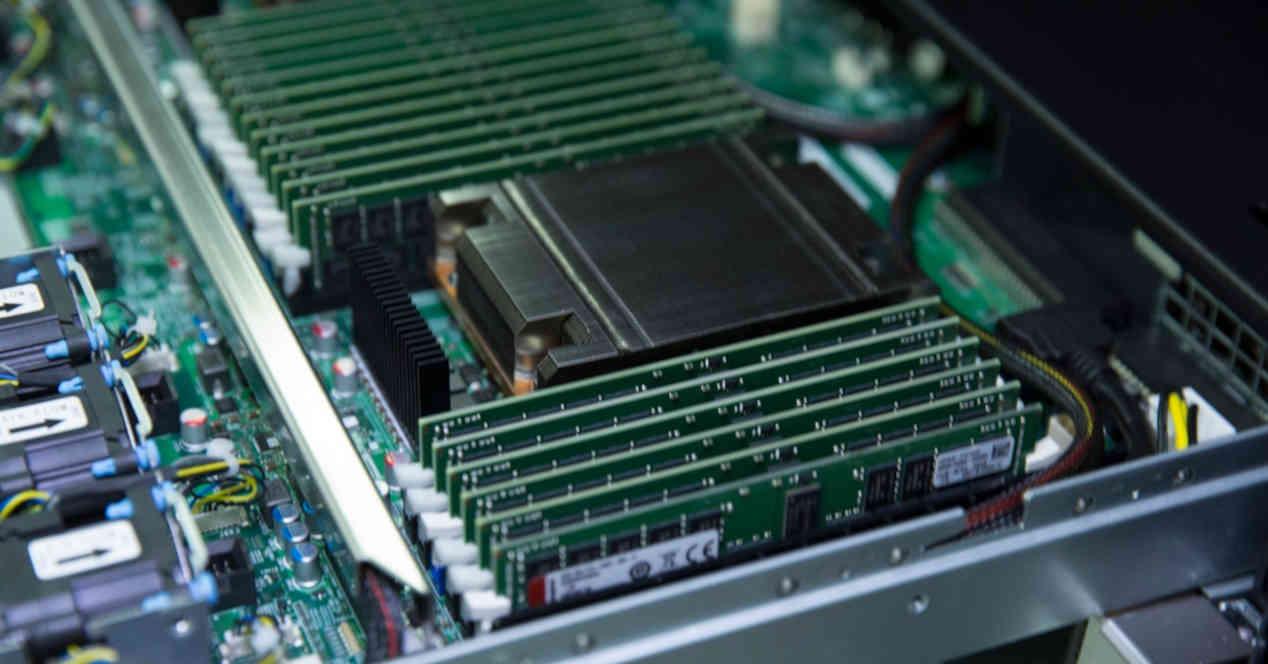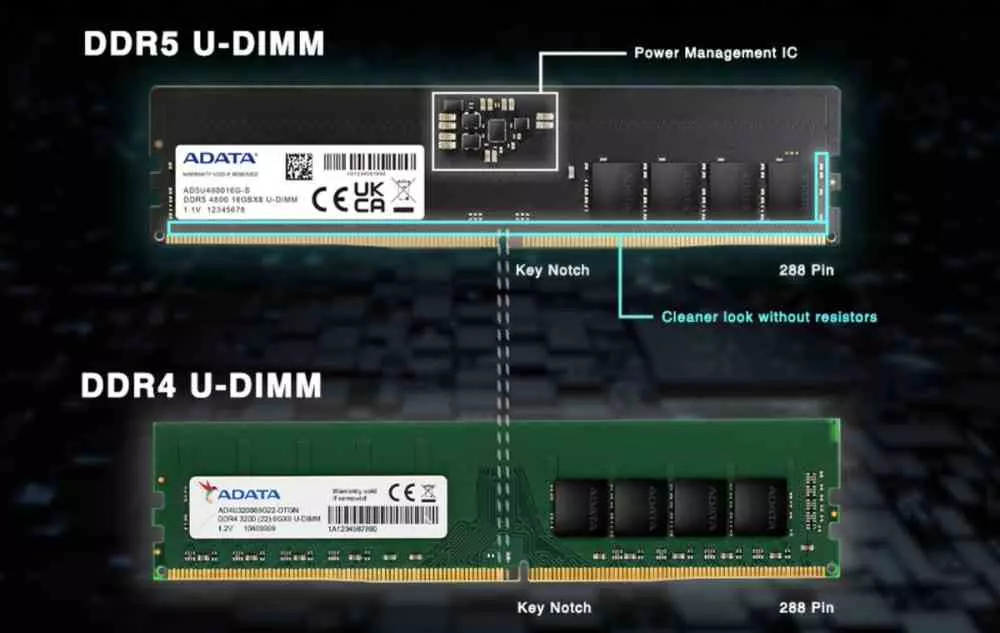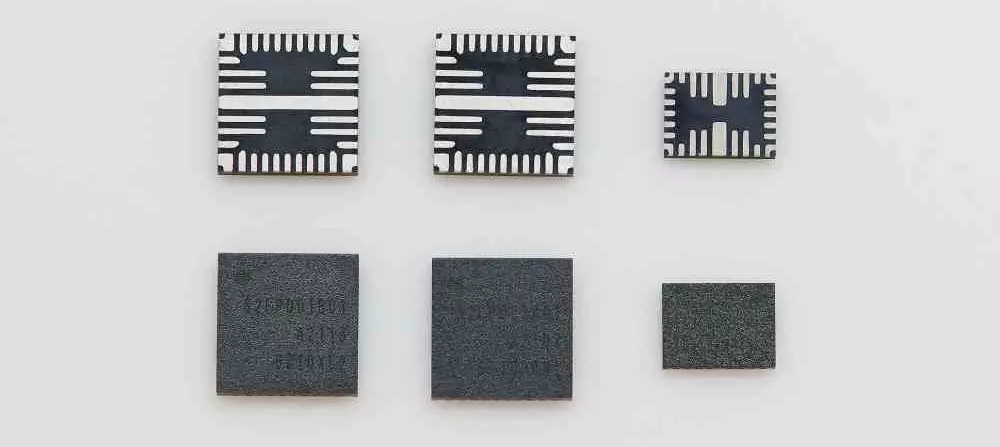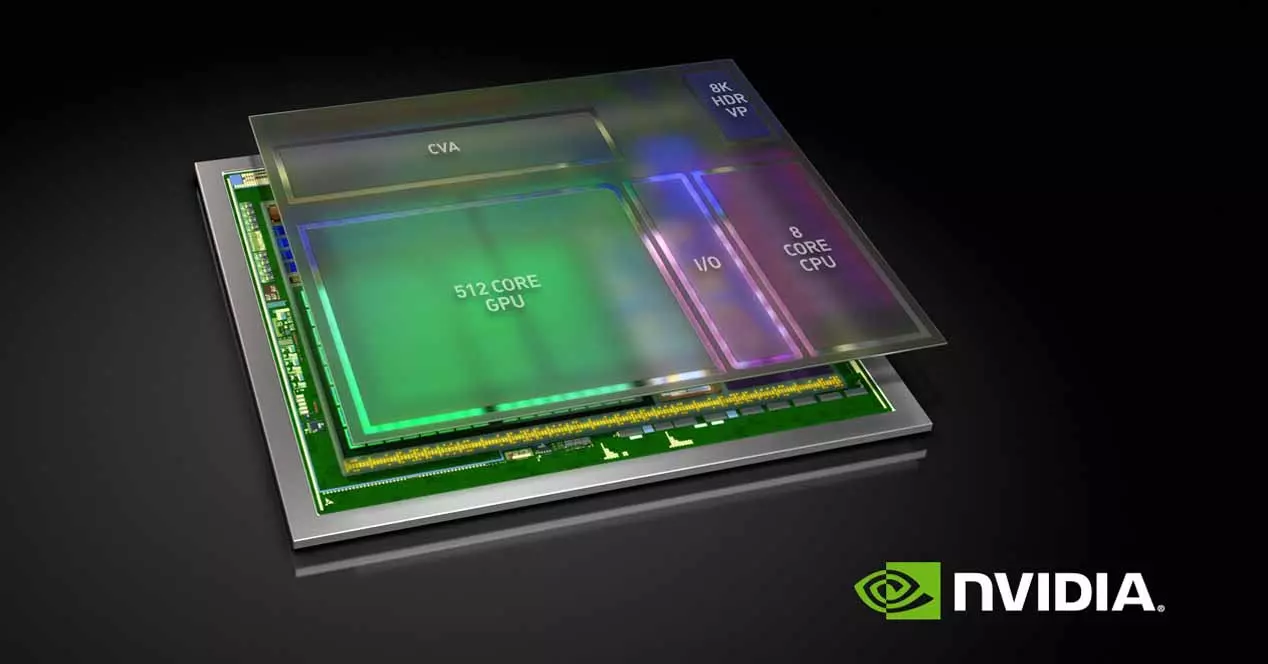
The jump from DDR4 to DDR5 is not as spectacular in some respects as in other generations and it seems at first glance that the fifth generation standard of Dual Data Rate is only a slight improvement if we only take into account a series of technical specifications such as the voltage of 1.1 V compared to the 1.2 V of the current fourth generation modules and especially the number of contacts, 288 pins. That is why to prevent you from breaking your motherboard and your memories we have decided to explain a series of differences between DDR4 and DDR5.
Why aren’t DDR4 and DDR5 DIMMs supported?
What we mean is that you cannot put a DDR4 DIMM in a DDR5 slot and vice versa, but there will be people who will do it because they will associate the number of pins with the compatibility of the slot. The reason is that until today the different DDR standards have had a different number of pins, but it has been with the jump from DDR4 to DDR5 that this figure has been maintained.
The first point where DDR4 and DDR5 are not compatible is in the notches on the PCB to fit the DIMM on the motherboard of our PC, so there is a risk of bursting the memory when installing it in the slot, but the differences do not end there. One of the keys between both types of memory is that the older one makes use of resistors on the memory board for the control pins. While DDR5 has implemented what we call a Programmable ODT (PMIC), so from the outset that part of the lineage is different between the two memories.
Not only that, but we also cannot forget that DDR5 is a dual channel memory, capable of simultaneous access to its banks instead of one, but with half the bandwidth. So the memory access times are different, as well as the use of each of the pins.
Power supply is the most important point in DDR5
Although the most important differential element is the fact that the integrated circuit in charge of managing the power supply on the DDR5 module is inside it. This means that individually things like voltage and clock speed can be varied on each DIMM and even manufacturers can release variations with advanced overclocking capabilities without the need for an external controller.
The elements for clock speed variation in DDR4 do not work the same as in DDR5 when they are outside the module. This forces all the analog circuitry responsible for powering both types of memory to be different and hence, although a CPU supports both types, there are no motherboards that use DDR4 and DDR5 in combination.
So this is a problem, but possibly not the biggest of them, but the fact that the anchor notch is right in the middle, but the pin section is on one side offset, so just there is a way to install them and being symmetrical in their physical form this is going to be a big problem for the user who does not take this into account.
There is no news of simultaneity in terms of design, that is, symmetry on the two sides of the RAM, so it is understood that they will be different and will maintain an anchoring posture as before. Are we facing the biggest catastrophe of RAM memory breaks in PC? It is likely, time will tell, we will see if indeed its design is more problematic than the previous ones.





